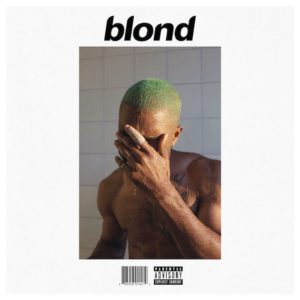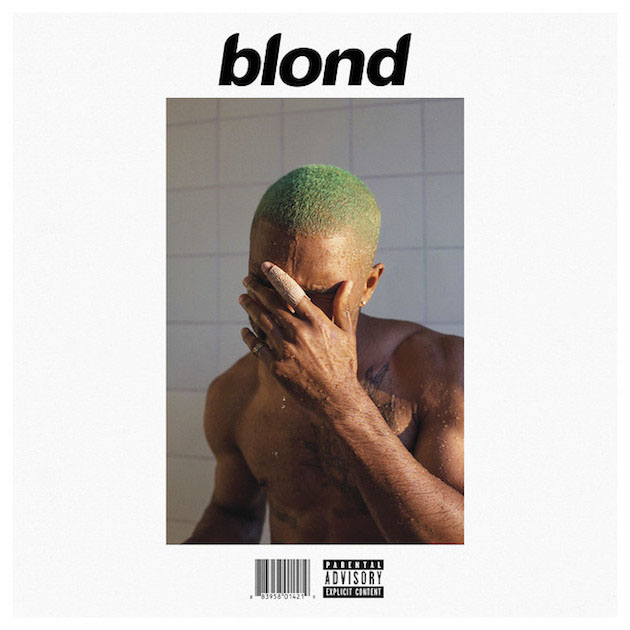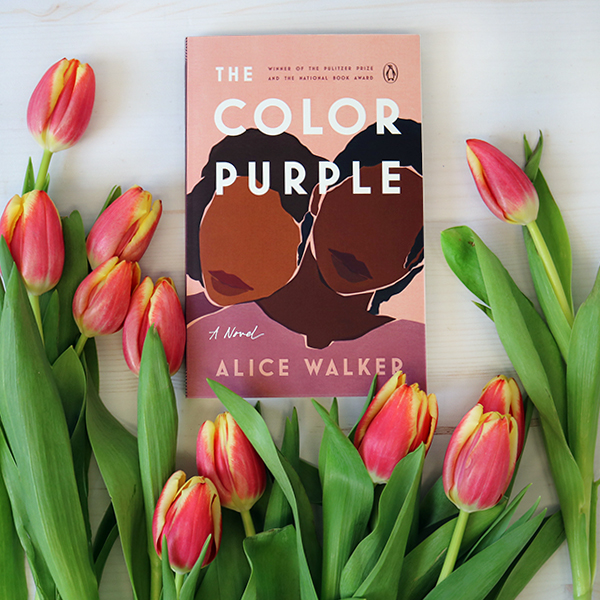After a four year hiatus, Frank Ocean has finally released new content. He began with a stunning visual album called “Endless”, and followed up with his anticipated audio album, “Blonde.”
The visual album, which is a remixed version of the stream on Ocean’s website, keeps it minimal. The only colors are black and white, except for a quick cut of purple at the end. It has 18 tracks and features artists and producers such as Jonny Greenwood, Jazmine Sullivan, Area and Sampha, among others.
Director of Photography Francisco Soriano thrives on keeping the video art project as mysterious as possible, not giving the viewer any explanation of what they see or what story is about to unfold. It lets the viewer’s imagination wander as it opens with a mesmerizing 20 second track called “Device Control,” while two unidentifiable characters labor away on what seems to be some type of woodwork.

Soon afterward “Device Control” gives way to a sublime “At Your Best (You Are Love),”orchestrated by Jonny Greenwood. This cover of the classic Isley Brothers song defines Ocean’s dedication to the soul of rhythm and blues. The song includes only a minimal amount of keys and allows Ocean to step forward and showcase his beautiful voice.
Around the 11:18 mark we hear a tropical-sounding and skittering beat as the project moves into the song “Comme de Garçons,” which translates to “Like Boys,” and is also the name of a Japanese fashion label. The song is short, but speaks about one of Ocean’s previous lovers, who was unfaithful. Full of emotion, the track finds Ocean speaking candidly about his emotional turbidity and supposed one-sided relationship. The title could also possibly be linked to rumors of Ocean starting his own fashion label, seeing as how Comme de Garçons is a staple in the fashion industry.
Towards the end of the album, viewers see the project come together…sort of. The two characters create a spiral staircase that extends multiple feet towards the roof. One of them begins to ascend it before the shot cuts to a purple screen, and everything is gone, including the staircase. Ocean and Soriano provide no answers or justification for the visual art they created. Instead the video stream restarts, providing no real ending.
The second release is an audio album by Ocean entitled “Blonde.” It was released only a day after “Endless”, and is extraordinarily beautiful. Ocean starts “Blonde” off strong thanks to a song that is sure to impress old and new fans alike. The opener, “Nikes,” is highly stylised and tackles the issue of people relying on material wealth for happiness. The song frequently references expensive things, such as Nike shoes, gold and silver glitter and Amber Rose, the latter being a symbol for strippers because of her old work.
In the first minute of the “Nike” music video, we see multiple expensive sports cars and two men covered in nothing but money. This emphasizes both the theme of the song, and Ocean’s sexuality. Also exclusive to the video is the use of two voices competing, furthering the sense of conflict and tension in an otherwise dreamy track.
Next, fans are met with an emotional ballad entitled “Solo,” which can be interpreted to mean that Frank Ocean is in fact lonely, or that he’s feeling low and relies on things like marijuana to make himself feel high. Either way, Ocean’s smooth voice pairs well with the refined beat of the song.
Even better than “Solo” is the reprise featuring the elusive member of OutKast, André 3000. His rapid flow encapsulates everything from his depression to the desensitization to shootings of people like Trayvon Martin or Philando Castile.
Later on in the album Frank sings a cathartic piece about loving someone and it not being returned for one reason or another. The heartbreaking song features Bon Iver on the outro and will bring a tear to any romantic listening.
“Blonde” ends with a 9 minute song called “Futura Free,” which references the typeface popular among acclaimed director Stanley Kubrick, who has influenced Ocean throughout his life. In the first half of the song, Ocean speaks of his past, how he rose to fame, as well as the future, and how he wants to hide from the press like Tupac, who conspiracy theorists believe is still alive. The song ends with the repetition of the question “How far is a light year?” which metaphorically asks how far have we come and how far will we go.
Overall, the new content served up by one of the most creative artists will impress even the toughest of critics; I would recommend these albums to anyone because of their ethereal, cathartic and mesmerizing tones. It’s obvious that Ocean put his heart and soul into these two albums, and both show how he has grown in his four year absence. The wait was worth it.



